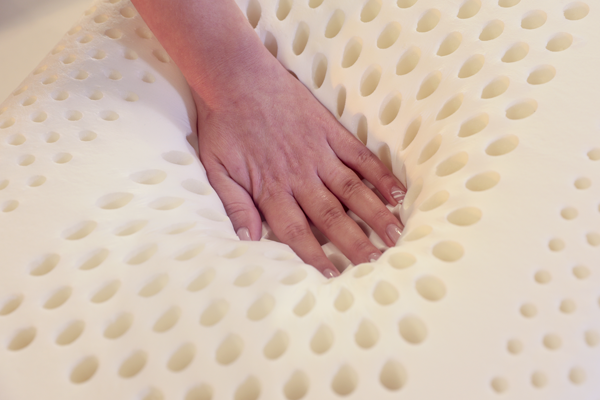What is Visco?

Visco history
Visco (memory foam) was first developed by NASA research group AMES in the 1960s to be used in the seats of spacecraft and to reduce the pressure that astronauts experience during landing and take-off. Later, in the 1980s, it was used in sports helmets for its shock absorbing properties and for medical purposes. It entered our lives in the 1990s, when it brought a unique innovation to the mattress world in terms of reducing the pressure experienced by patients who were bedridden or required to spend a long time in bed, and increasing blood circulation in the areas in contact with the bed.
What is viscoelastic sponge?
Viscoelastic is technically formed by combining two words: viscous (consistent) and elastic (returning to its original shape). The molecules of the viscoelastic polyurethane sponge are open-celled, which allows the material to respond individually to pressure and heat. Its open-cell nature allows the sponge to breathe and disperse moisture. The most well-known feature of smart sponge technology is that the object takes shape when heat and pressure is applied and slowly returns to its original state when the weight is removed. For this reason, it is also known as the “slow recovery sponge”.
Why “Memory” Sponge?
The biggest reason why viscoelastic sponge, also known as memory sponge or smart sponge, is called this way is “hysteresis”. “Hysteresis” is that visco behaves differently than ordinary sponge in the face of applied energy. When the ordinary sponge is pressured and lifted, it returns to its original state with a sudden response. The viscoelastic sponge, on the other hand, will slowly and gradually return to its original state when the pressure is removed. Another similar property is that visco will be reluctant to deform if energy or pressure is applied rapidly. So it’s not exactly because it’s an extremely soft material; related to the rate at which energy is applied, it completely takes the shape of the object with heat and pressure. This shows that visco tolerates energy and impact more effectively.
